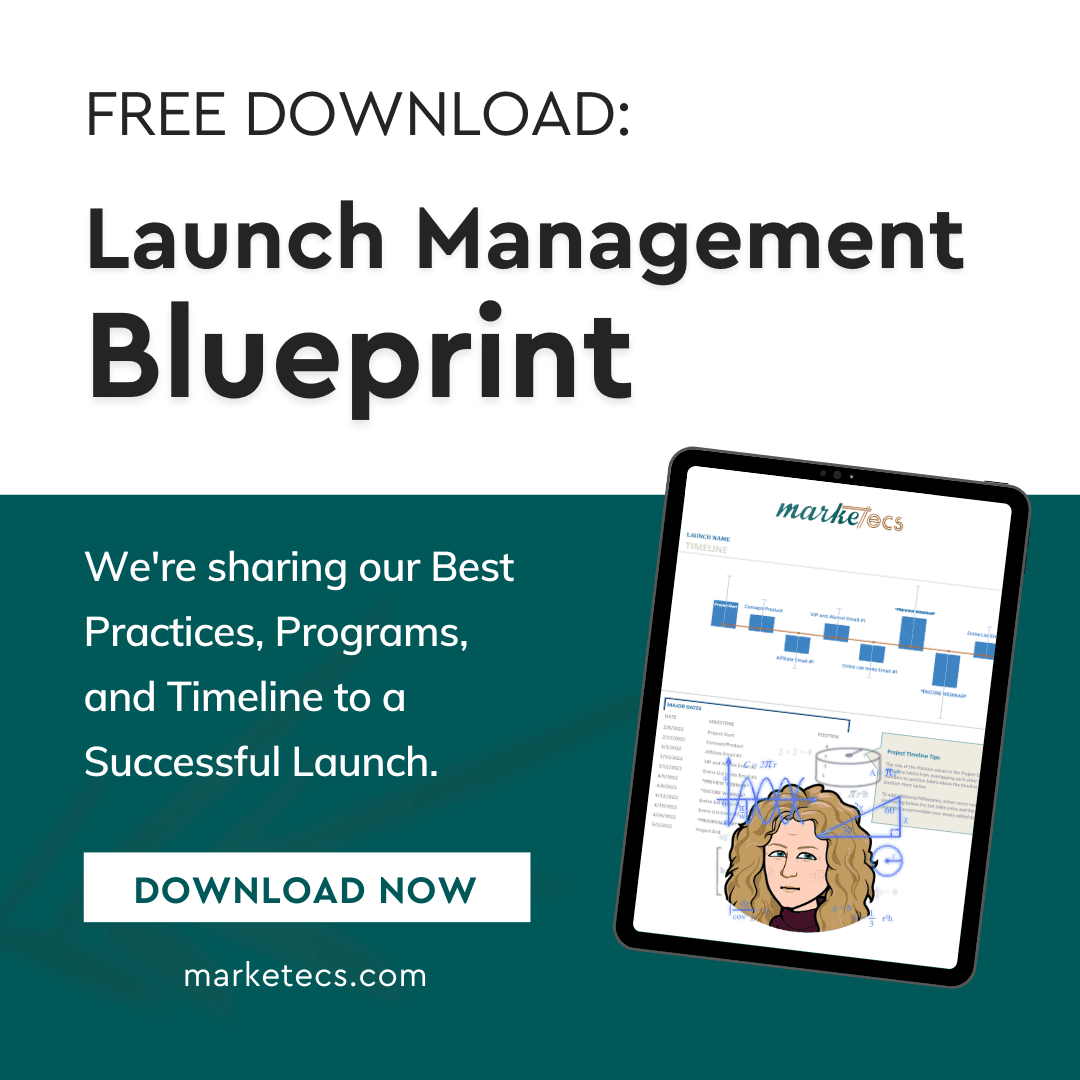In this article, you’ll learn:
- Why conversions on social media matter more than vanity metrics
- How to know your audience and tailor social media content to their preferences
- The anatomy of high-converting social media content
- Ways to focus on benefits rather than features to engage followers
- Tools and best practices for content planning
- Tips for testing, tracking, and optimizing performance
- What we learned from Frank Kern
Don’t miss the other blogs in our Content That Converts series:
Crafting Email Content That Converts
Crafting Content That Converts for Websites – Coming Soon!
Social media isn’t just for visibility, it’s a powerful sales, lead generation, and relationship-building tool when used with intention. But with just seconds to capture attention, and even less time to inspire action, how do you move from likes and shares to real conversions? The right message, posted at the right time, can transform casual scrollers into loyal customers. That’s why knowing how to create content that converts is key.
Let’s explore how we can help you write content that not only attracts attention but also converts. Along the way, we’ll also share valuable insights and expert quotes to help you master the art of creating engaging social media posts.
What Does It Mean to “Convert” on Social Media?
Conversions aren’t always sales. On social media, a conversion might also be:
- Clicking a link to your website
- Signing up for a webinar
- Downloading a lead magnet
- Booking a discovery call
The goal is to lead your audience to take a specific, trackable action. According to a 2023 Sprout Social report, 68% of consumers have purchased directly from a brand’s social media, so the potential is real. But conversions don’t happen by accident. They require strategic, audience-focused content.
How to Understand Your Audience and Serve Their Needs
Before you even begin crafting your posts, the most crucial step is understanding your audience:
- Who are they?
- What are their pain points?
- What do they value, and what solutions are they searching for?
Understanding your audience will allow you to tailor your messaging to meet their needs and speak their language.
Formula for defining your audience:
- Define Audience: [Audience Type] who [Pain Point/Need] and are looking for [Desired Outcome].
- Identify Problems: They struggle with [Specific Problems].
- Offer Solutions: We provide [Your Solution] to help them [Benefit/Outcome].
Example: Our audience is business consultants who need more efficient ways to manage marketing and are looking to automate their processes.They often struggle with content creation, marketing automation, and website optimization. We provide personalized marketing strategies to help them save time and increase their revenue.
Pro Tip: Create detailed buyer personas that include your audience’s demographics, pain points, and online behavior. Use audience feedback to refine your tone and messaging. This will help ensure your content is relevant, personalized, and engaging.
What High-Converting Social Media Content Has in Common
Great content grabs attention, builds trust, and provides a clear path to action. Whether you’re posting on Instagram, LinkedIn, Facebook, or TikTok, high-converting posts usually include:
- A Clear Hook: You have milliseconds to stop the scroll. Use bold headlines, strong visuals, or thought-provoking questions.
- A Value-Driven Message: Focus on how your content helps your audience solve a problem, reach a goal, or learn something new.
- A Single, Compelling CTA: Avoid clutter. One post = one goal. Be direct: “Download now,” “Book a call,” “Comment below,” or “Shop here.”

Expert insight: “A strong CTA is like GPS for your audience—it gives direction and purpose,” says Rachel Karten, social media consultant and former social lead at Bon Appétit.
Platform-specific conversion tactics:
- Use Reels to boost reach, then include a CTA in the caption or overlay text
- Stories are ideal for soft sells. Use polls, questions, and “link in bio” stickers
- Carousels work well for educational content that ends with a lead magnet prompt
- Add trending music for a boost in views
- Use automations to set-up a ‘Social Comment Lead Funnel’, more on that from Frank Kern below…
- Thought leadership posts build authority
- Tag people or businesses that you’re sharing or talking about
- Direct outreach post-conversion (DMs after webinar sign-ups) can drive further action
- Use document posts to tease content and drive downloads
- Try a variety of posts, with and without images or video
- Put external links in the comment section instead of in the post content
- Tag people that may be interested in the comments
- Groups are goldmines for engagement
- Pin lead magnets or promotions
- Use Facebook Live for launches or tutorials with links dropped in the comments
- Short videos with captions convert better than image posts alone
- Use automations to set-up a ‘Social Comment Lead Funnel’, more on that from Frank Kern below…
TikTok
- Start with a bold hook. “What no one tells you about…” is a classic.
- Include a verbal CTA and text overlay to reinforce the action.
- Link in bio tools/pages (like Linktree or your own custom version) are critical since clickable links aren’t available in captions.
Focus on Benefits, Not Just Features
One common pitfall in social media content is focusing too heavily on features rather than benefits. Features explain what a product does, but benefits show how it solves a problem or improves a follower’s life.
87% of consumers say they will only consider purchasing a product if they understand how it benefits them (SurveyMonkey).
For example, instead of simply stating that your software has “automated reporting,” highlight how this feature saves time, reduces errors, and allows business owners to focus on growth instead of manual tasks.
How to highlight benefits effectively:
Use the “So what?” test. For every feature, ask yourself why it matters to the customer. Be clear and specific about how your product will make a difference. Use customer testimonials or case studies to illustrate real-world benefits.
Formula for writing benefits focused content:
- Feature: [Your Product Feature]
- Benefit: This means that [Audience Benefit].
- So What?: So you can [End Result/Outcome for the Customer].
Example: Feature: Our software offers automated reporting. Benefit: This means that you save time and energy on manual tasks. So What?: So you can focus on growing your business instead of managing complicated data.
Tips for Planning and Optimizing Social Content
Even the most well-crafted content can benefit from optimization.
- Map Content to the Customer Journey: Create content that nurtures from awareness to action. Not every post needs to sell, but every post should lead somewhere.
- Batch and Schedule Strategically: Use tools like Marketecs Engine, Loomly, or Buffer to plan posts ahead. Consistency builds trust, and automation keeps you on track.
- Test, Track, and Iterate: Track conversion metrics, not just engagement.
- Click-through rates (CTR)
- Link-in-bio clicks
- Form sign-ups
- DMs initiated
- Leverage User-Generated Content (UGC): 92% of consumers trust UGC more than branded content (Nielsen). Encourage clients or followers to tag your brand and share their experiences.
Pro Tip: A/B test formats (i.e. carousel vs. video), posting times, and CTA language. According to HubSpot, marketers who A/B test social media content are 2x more likely to report positive ROI.
Schedule regular content audits to identify what’s working and where improvements are needed. Use data from your tests to continually refine your approach and improve your conversion rates.
What We Learned from Frank Kern About Selling on Social
We recently attended a high-impact, two-day workshop led by legendary marketer Frank Kern, and the insights were too good not to share, especially if you’re looking to boost engagement and actually convert those likes and comments into real leads.
You’ve probably seen posts where someone asks you to ‘comment below’ to get access to a lead magnet, download, or special offer. It turns out, that strategy isn’t just a trend, it’s a smart, proven method. And Frank Kern broke it down for us.
Here’s why this works so well:
- Increased Visibility
Asking for comments naturally boosts your engagement, which tells the algorithm your content is worth showing to more people. More engagement = more reach. - Instant Automation with GoHighLevel
Frank’s real secret? Once someone comments, a connected automation (set up using GoHighLevel, the same system we use!) instantly delivers the content or kicks off a follow-up sequence via Facebook or Instagram Messenger. It feels personal, but it’s automated and scalable.
So instead of dropping a direct link in your post, you invite interaction. Then your system does the heavy lifting on the back end, delivering value, qualifying leads, and nurturing them toward conversion.
We’re currently building out and testing templates and GoHighLevel snapshots based on this system, and we’re excited to share the results with you soon. If you’re curious or want help setting this up in your business, reach out any time.
Stay tuned, we will have more to come on this powerful strategy.
Final Thoughts
The magic of social media isn’t in going viral, it’s in building genuine connections and providing real value that leads to action. From knowing your audience to crafting compelling headlines, focusing on benefits, and nailing your CTAs, each step plays a vital role in turning likes into leads and followers into clients.
50 posts with 50 engagements is much easier and more realistic to achieve, then 1 viral post with 2,500 engagements.
Ready to make your social media content work harder for you? Contact Marketecs today to learn how our all new software, Marketecs Engine, can help you create content that converts!


